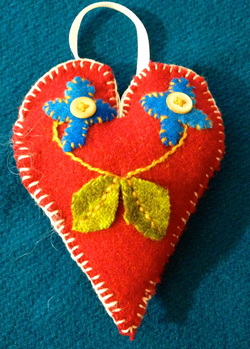
I also want to talk a little bit about the way I work and how I source my supplies. The red rug wool was given to me by someone cleaning out their aunt's barn, the embroidery floss came from my big box of embroidery materials that I periodically replenish although I often get given things there as well. The wool for stuffing came from Bella the lovely sheep who has now passed on to that lovely meadow in the sky. The lavender was purchased in Virginia from a friend who had a lavender business and I made the little sachets from some of the many, many gauze curtains that were in the house when we bought it 4 years ago.
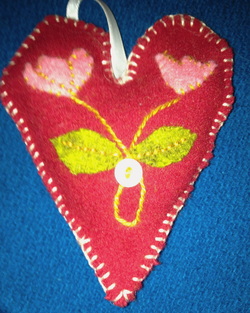
In short, most of my materials are permeated with gratitude, fond memories and creative inspiration. Which is why they are Threads of Meaning.
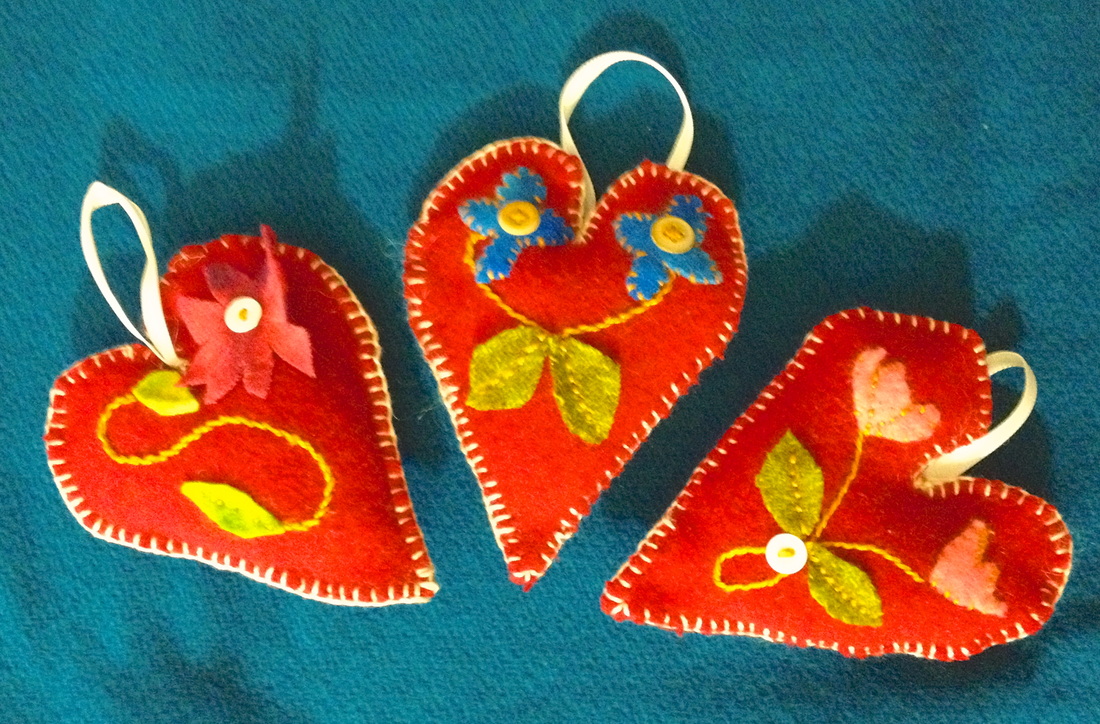
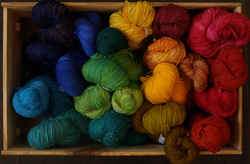
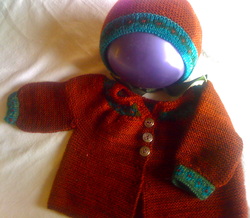
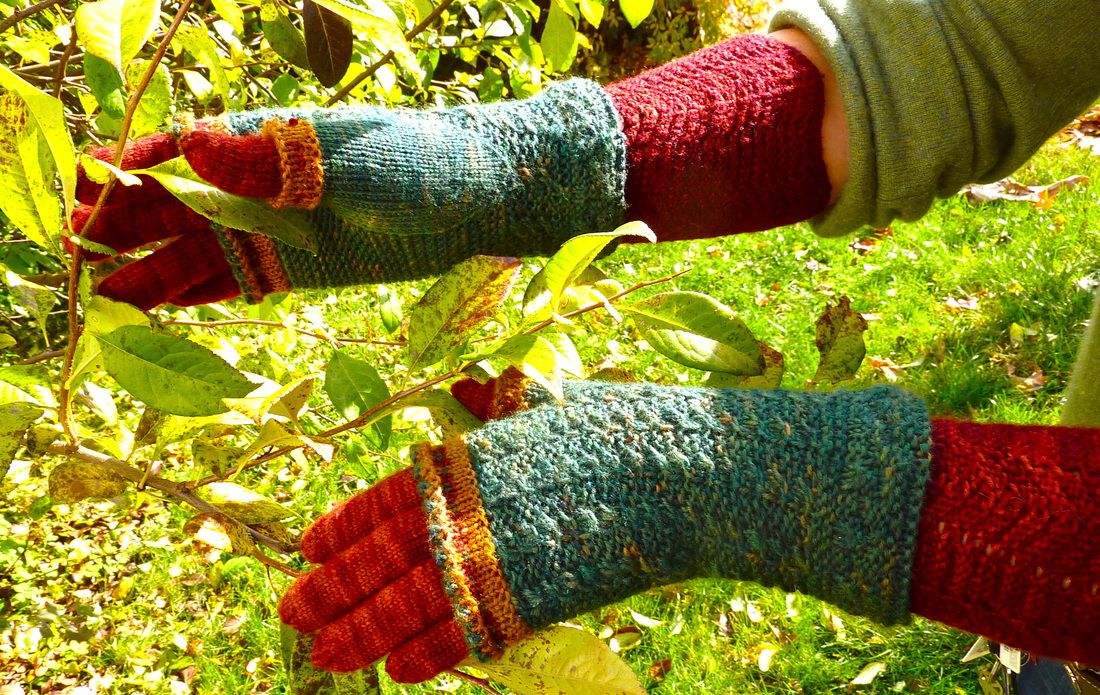
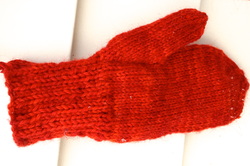
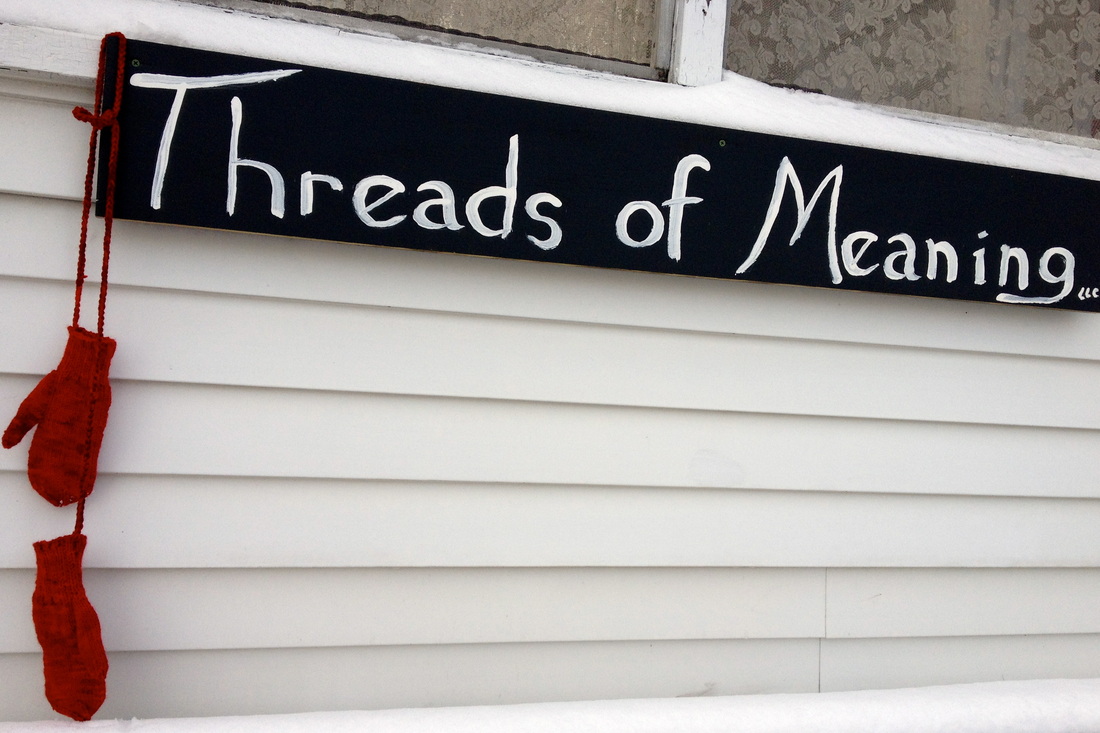
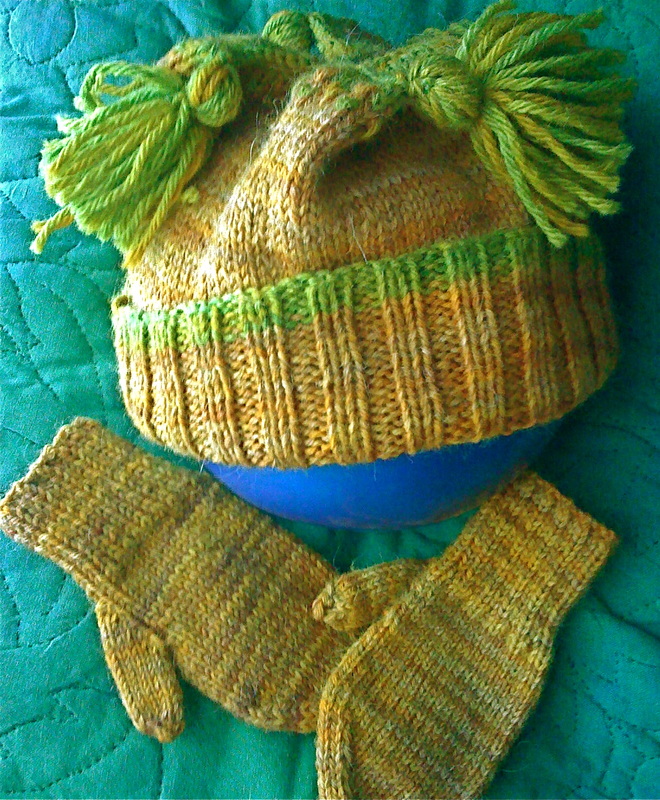
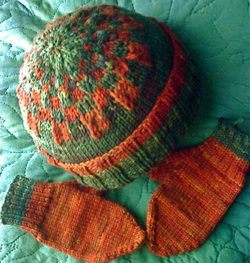
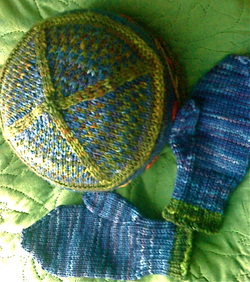
 RSS Feed
RSS Feed
